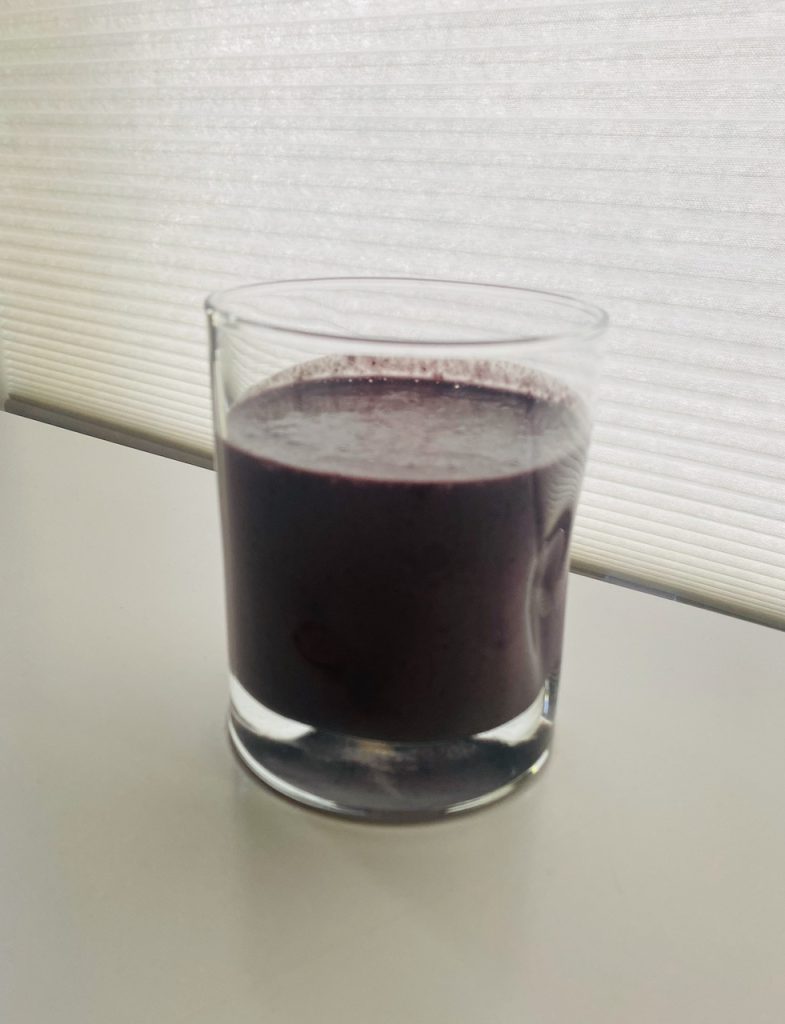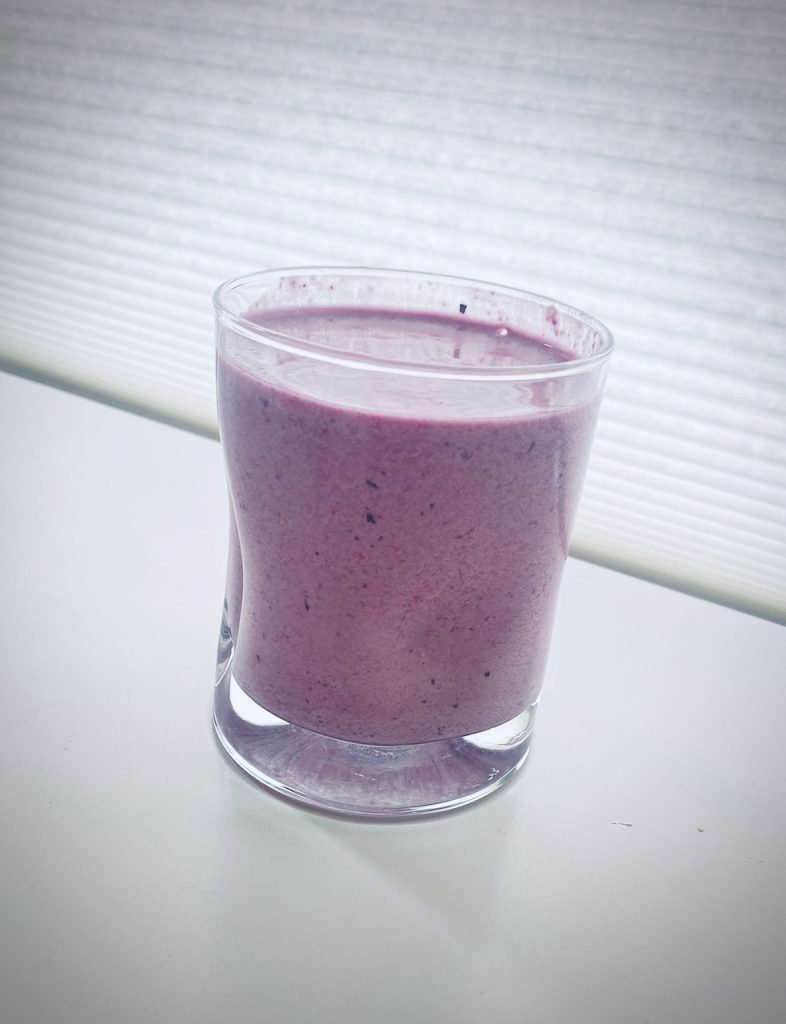Estimated reading time: 9 minutes
When it comes to healing and recovery, protein plays a crucial role. Whether you’re bouncing back from an injury, surgery, or intense workout, understanding your daily protein needs for body repair can make all the difference. Unfortunately, one of the common threads I see in my practice are patients who do not consume enough protein in their diet for optimal healing, recovery, and body function.This guide will help you determine how much protein you need to support optimal healing and body repair.
Understanding Protein and Its Role in the Body
Protein is the building block of life. It’s essential for repairing tissues, building muscles, and maintaining overall health. Amino acids, the building blocks of protein, help repair muscle fibers after exercise and aid in the recovery process. When your body undergoes stress from injury or surgery, it needs more protein to rebuild and restore damaged tissues. Thus, ensuring you get enough protein daily is key to effective recovery.
Daily Protein Needs for Body Repair
Your daily protein needs for body repair vary based on several factors. Age, activity level, and overall health all influence how much protein you require. Furthermore, information on protein requirements gets more complex, confusing, and contradictory based on numerous guidelines. I’m not going to bore and confuse you with all of these numbers and studies. If you want to dive deeper into that subject matter read registered dietician Diana Rodgers’ post on protein needs. However, I will point out, in the case of protein intake, some of the guidelines will give RDA (Recommended Daily Allowance) values that are the minimum amount to avoid loss of lean muscle mass. (1, 2, 3) So if you want build and repair muscle you will need to eat more protein than RDA values.
Eat as much protein as you crave
Most people will eat the right amount of protein based on the needs of their body. In other words, your body and brain communicate with each other to control your desire for protein. So if you need more protein, you will crave it more; if you’re getting enough, your cravings will decrease. These signals are hard to ignore, so it’s best to trust your appetite and eat the amount of protein you feel you need.
It’s best to trust your appetite and eat the amount of protein you feel you need.
What if your innate cravings for protein aren’t working right?
While many people eat the right amount of protein based on the innate needs of their body, there are many people where the feedback mechanisms in their brain don’t work as well. This can happen for a variety of reasons such as inflammation in the brain, chronic illness, or if you suddenly increase the physical demands from your body. So in some circumstances, we may have to be more conscious of the getting the right amount of protein by doing some math. I will get to that in a moment. First, here are some reasons why you may need to increase or decrease the amount of protein you’re eating:
Reasons you may need to increase your daily protein needs if you fall into any of the following groups of people
- if you’re trying to lose weight
- blood sugar problems and metabolic problems
- athletes and people who train hard
- chronic mental stress
- if you are elderly and/or have a chronic illness
- muscle and joint injuries
- if you eat a vegan or vegetarian diet
- if you don’t heal well or recover well
Reasons you may need to decrease the amount of your protein intake
- Pre-existing kidney disease
- Pregnancy
Calculating How Much Protein You Need
If you’re eating based on what you feel your body needs you are likely consuming an amount of protein that equates to about 15% of your total calories per day. (roughly 113 grams for an active male eating 3,000 calories, or 83 grams for an active female consuming 2,200 calories). (4)
Below is a table with guidelines for increasing your protein intake. You’re probably going to need to experiment through the entire range to see what works best for you. Here are some examples:
- for aggressive weight loss, extreme training, and metabolic problems you could try to hit the 30-35% range
- athletes and people training at a moderate to vigorous level of intensity (25-30%)
- for the elderly, chronically ill, and people under a lot of stress (20-25%)
| % of calories of protein | 2,200 calorie diet (g) | 3,000 calorie diet (g) |
| 35% | 193 | 263 |
| 30% | 165 | 225 |
| 25% | 138 | 188 |
| 20% | 110 | 155 |
| 15% | 83 | 113 |
What Your Daily Protein Needs Looks Like on Your Plate
The following is an example of a day of healthy eating to show you what the amount of protein looks like on your plate:
- Breakfast – 2 eggs, raw sauerkraut, steamed vegetables (approximately 15 grams)
- Lunch – salad with 3-6 ounces of sliced chicken breast (approximately 30-60 grams)
- Snack – 1/4 cup of raw almonds (approximately 7 grams)
- Dinner – 3-6 ounce sirloin steak, potatoes, steamed broccoli (approximately 23-46 grams)
This adds up to a range of 75-128 grams of protein per day. So for an active female eating a 2,200 calorie diet that’s 14-23 percent of calories and for an active male eating a 3,000 calorie diet that’s 10-17 percent of calories.
As you can see, this may fall short for some people especially if you’re trying to get 25 percent or more calories from protein. If this is the case, you’re going to have to bump up your intake of protein. For example, you could add a piece of meat to your two eggs in the morning or a 4-8 ounce fillet of salmon to get extra protein (about 25-50 grams of protein).
You can go to a website or app like myfitnesspal or some other website to calculate how many grams of protein are in different foods along with the quantity you are going to eat.
What About Protein Powder to Increase Your Daily Protein Needs for Body Repair?
Ideally you want to increase your protein intake from eating whole foods. However, there are situations where you may want to supplement with protein powder to increase your daily protein intake. For example, sometimes you might get tired of eating a lot of animal protein. Furthermore, what if you have digestive problems that you are trying to solve and have a hard time digesting a large amount of animal protein? Or maybe you eat a vegan or vegetarian diet and need to top up your protein intake?
Choosing a quality protein powder
There are three key factors to consider when choosing a protein powder: tolerability, quality, and bioavailability.
Tolerability is about how likely the protein is to cause side effects. While whey protein works well for many, some people don’t tolerate it. It’s a dairy product and for some people it makes them feel bloated.
Quality involves the source of the protein, its processing, and its manufacturing. There are many low-quality options out there. If you’re using protein powder, opt for the highest quality available.
Bioavailability measures how well the protein is absorbed. Generally, plant proteins like pea and rice have lower bioavailability compared to animal proteins like whey, egg, and beef.
PurePaleo Protein is a high quality protein powder for increasing your daily needs for body repair and recovery
PurePaleo Protein is a product we carry that meets are three criteria above. The following is its’ unique features:
- Yields 21 grams of protein per serving and over 97% protein
- Made from hydrolyzed beef protein, which is pre-digested into smaller, more absorbable peptides, so it’s more bioavailable than most other proteins.
- Sourced from hormone-free, antibiotic-free, non-GMO cows in Sweden, it’s tested to be free of hormones, antibiotics, and allergens.
- It’s dairy-free, gluten-free, and legume-free
- It supports muscle, cartilage, and ligament health, making it ideal for athletes, those training hard, people with chronic illness, and the elderly.
- It contains both complete and collagen proteins naturally found in beef, essential for tissue regeneration (body repair) and stress protection.
- Sweetened with stevia, it’s very low in carbohydrates.
PurePaleo comes in chocolate and vanilla flavours. I prefer the vanilla flavour as I can make different flavours of smoothies from it including chocolate. And by the way, it doesn’t taste like beef. It’s a really good tasting protein powder.
If you’d like to try it, you can buy the vanilla at my clinic or order either of the flavours from my supplement dispensary.
For vegans and vegetarians you could try pea protein powder called PurePea.
Two recipes you can try with PurePaleo Protein powder

Chocolate Nut Smoothie
Ingredients:
1 cup of water
2 raw eggs
1-2 tablespoons of unsweetened cocoa powder
1-2 tablespoons of almond butter
1 tablespoon of ghee
1 tablespoon of coconut oil
1/2 cup of raw almonds
1/2 cup of frozen blueberries
1 scoop of PurePaleo Protein powder
(you can also add collagen powder, or substitute almonds for macadamia nuts)
Instructions: Blend and enjoy!

Blueberry Smoothie
Ingredients:
1 cup of water
2 raw eggs
1 tablespoon of coconut oil
1/2 cup of raw almonds
1/2 cup of frozen blueberries
1 scoop of PurePaleo Protein powder0
(you can also add collagen powder, or substitute almonds for macadamia nuts)
Instructions: Blend and enjoy!
Conclusion
Understanding your daily protein needs for body repair is essential for effective healing. Adequate protein intake supports tissue repair, muscle recovery, and overall health. For personalized recommendations, consult a healthcare provider to determine the optimal protein intake for your unique situation. By incorporating sufficient protein into your diet, you can enhance your body’s ability to heal and recover efficiently.
For a healthy spine and nervous system, contact Edmonton chiropractor Dr. Dean Collins. Or book a consult and exam with him today.
To learn more about how chiropractor care can help you and your family, read Dr. Collins’ comprehensive guide to chiropractic care: Chiropractic Care for Everyone.
Sign up for our Dr. Collins’ newsletters and blog posts
Sign up Dr. Collins’ newsletters to receive vital information on how to keep your spine and nervous system healthy as well as how to help optimize your health and avoid chronic illness.



Leave a Reply